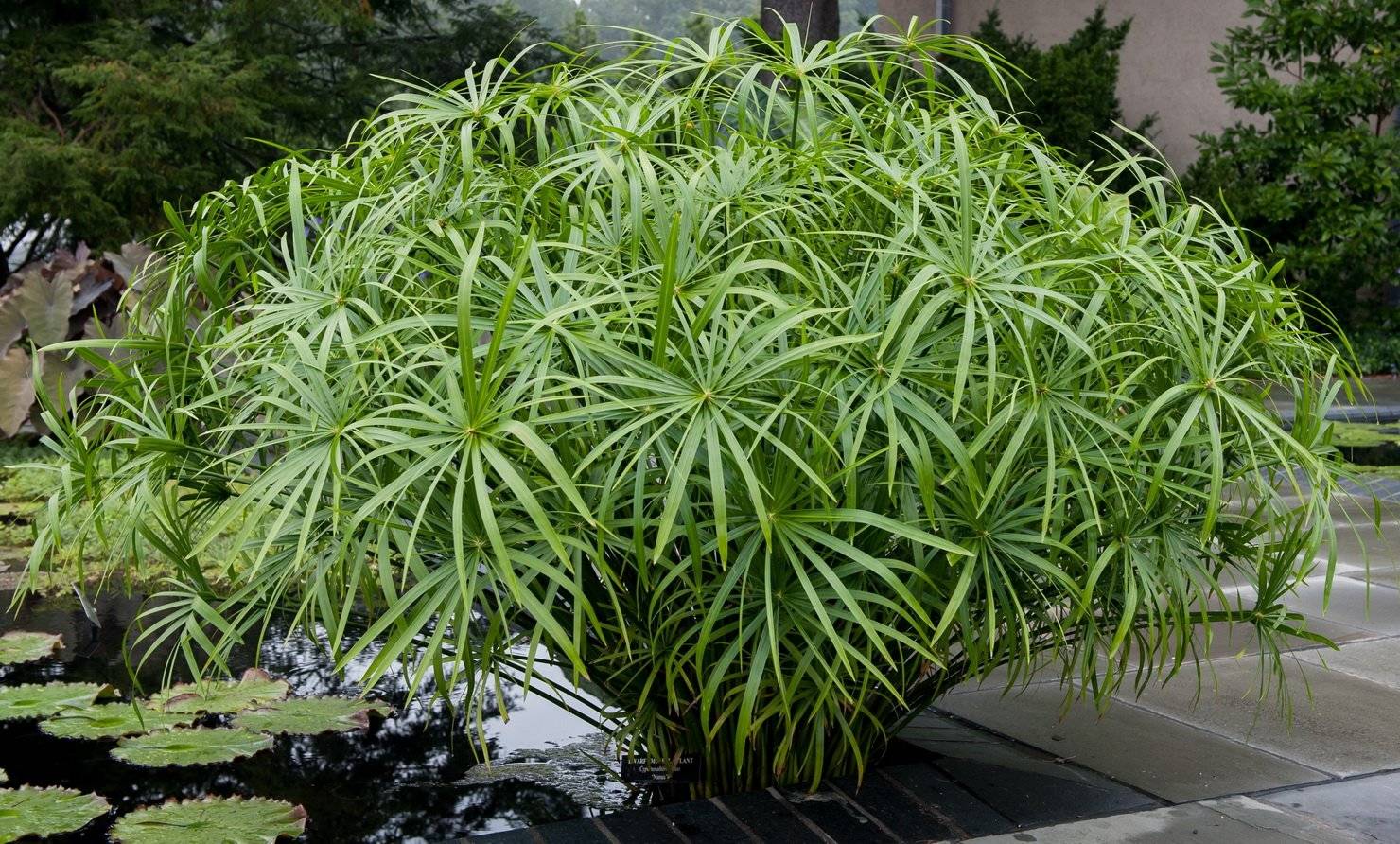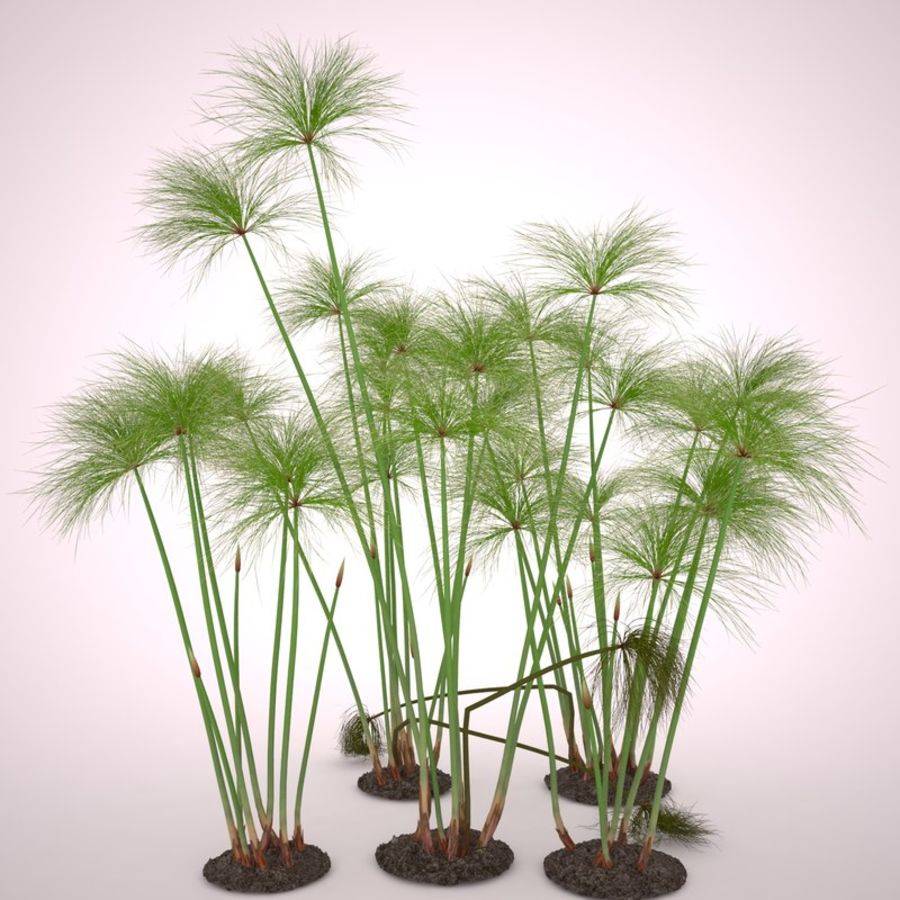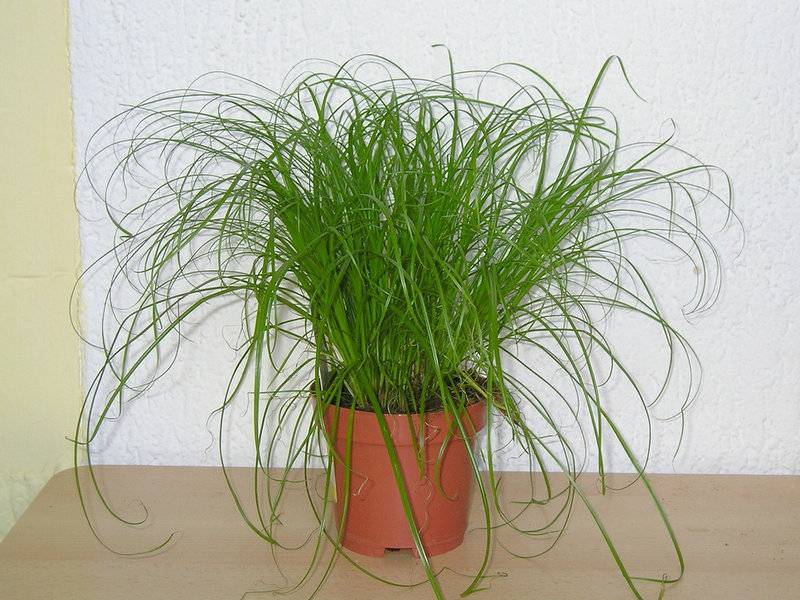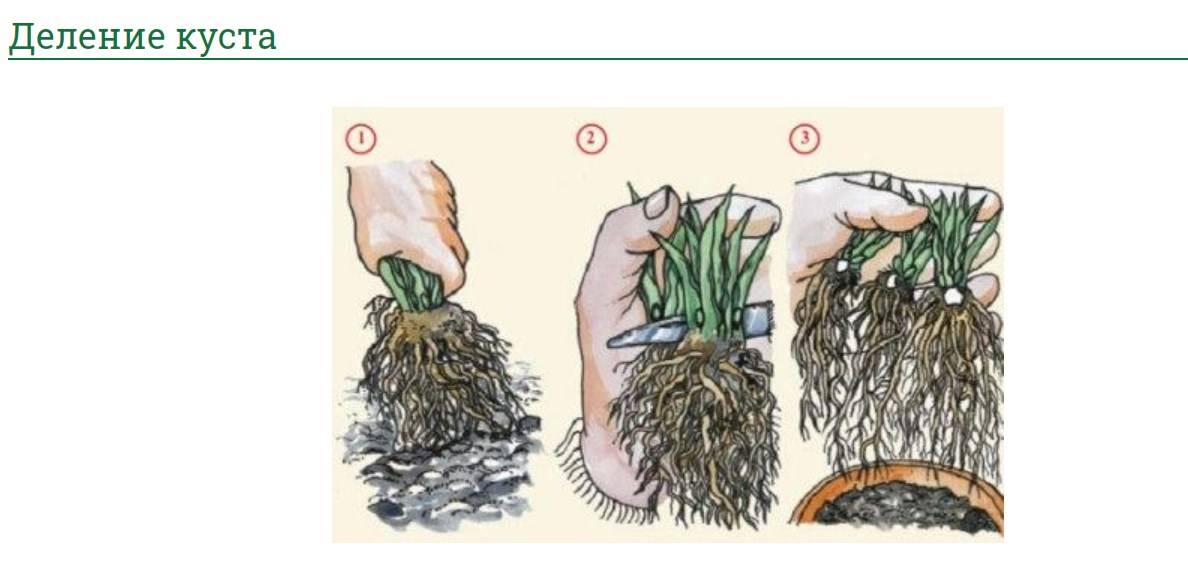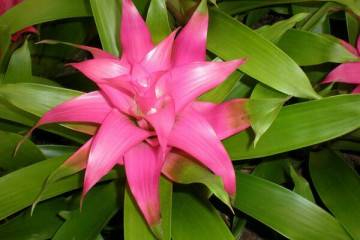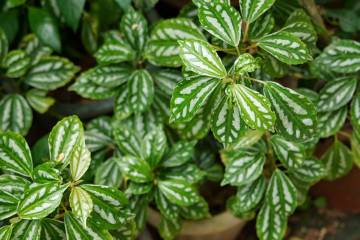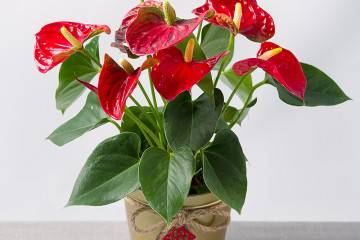Cyperus - home care and reproduction
Content:
Cyperus is a houseplant belonging to herbaceous evergreen crops from the Sedge family. In the common people, it has a large number of alternative names, for example, venus herb, sedge, alternate-leaved sedge, sitovnik, papyrus, and rashes. Visually, the leaves of the plant resemble an opened umbrella. Due to its excellent decorative qualities, the plant is grown in apartments and houses, offices, schools and clinics. In addition, the plant moisturizes the air and purifies it.
What does cyperus or swamp palm look like, which family does it belong to?
In the wild, the plant can reach a height of 5 meters. Its dense spreading crown forms simply impenetrable thickets near rivers, swamps and other bodies of water. At home, the height rarely exceeds 1 meter, but the cyperus looks very impressive.
The main characteristic features of the decorative culture:
- during flowering, nondescript flowers are formed, located one at a time or in a rosette;
- the root system is long and creeping, forming at the surface of the soil. It is worth noting that, depending on the variety, the root system may change slightly;
- the color of greens can also be different - from light green to dark green, there are also varieties with brown or white spots on the foliage;
- the upper part of the plant visually resembles an umbrella.
Briefly about the history of appearance
The homeland of the species is considered to be the African tropics and the island of Madagascar. Other ornamental plants from the same places: cyclamen and cissus. Because of the love for the abundance of moisture in Egypt, Cyperus was nicknamed "the black gift". It grows along water bodies and rivers in the USA, some European countries and Russia. It first appeared here in the 18th century.
Common varieties
This genus has more than 600 varieties that grow in different parts of the world. However, not all of the species are intended to be grown in indoor pots. The most popular ornamental varieties are Cyperus Ordinary Leaf, Zumula, Helmera and Papyrus.
Cyperus Papyrus
Papyrus is one of the oldest plant species. It received this name for the reason that even during the existence of Ancient Egypt, parchment, papyrus, as well as boats, carpets and baskets were made from it. The plant is more often found in the wild.
It is rarely grown at home, since the size of an adult plant can reach 3 meters in diameter. As a rule, it is cultivated in greenhouses.
The characteristic features of the variety are the presence of a strong erect stem, at the top of which a whorl of large hanging leaves is formed. Thin inflorescences are formed at their base.
Cyperus Helfer
The main difference between this species and its counterparts is that it grows in water, not soil.
Dimensions do not exceed 0.5 meters.The culture is grown specifically in aquariums or ponds.
Cyperus Zumula
Visually, this variety of Cyperus is identical to Helfer's variety, but it grows well in a decorative pot. For its full development, moist soil with low acidity is of great importance. Grows quickly enough from quality planting seeds. The structure is fluffy, which gives the plant an unusual and attractive appearance.
Cyperus alternate-leaved
This variety is the most common among flower growers. In the wild, it grows on the island of Madagascar. A home grown plant has the following characteristics:
- miniature flowers in the form of panicles are formed, are formed at the base of the leaves;
- the plant is perennial, with the right content it can live for decades;
- the leaves are oblong and thin, the length reaches 25 cm;
- the height reaches 1.5 m;
- stem with umbrella-shaped crown, erect.
Important! Breeders have also bred garden hybrid varieties, for example, variegated and Gracilis.
Cyperus: home care
Tsiperus is a picky flower to care for, but still has its own characteristics that must be taken into account, otherwise the culture will quickly wither and disappear. The plant is thermophilic, therefore, in the summer, the optimal temperature regime should fluctuate between + 18-24 degrees. With the arrival of winter, a dormant period begins for Cyperus. At this time, + 12-14 degrees is enough for him.
When it comes to lighting, the flower needs diffused light for optimal growth and development. This feature is due to a predisposition to burns with prolonged exposure to sunlight.
Watering should be moderate. The soil should not be dry and excessively waterlogged, this will equally lead to the death of the crop. People who grow cyperus recommend watering the plants through a tray. This allows for better control of the volume of the supplied liquid and the surplus can always be drained.
Irrigate the leaves with clean water regularly. The optimum humidity level is 70%. To maintain this level of humidity, it is recommended to place a container of water near the pot.
The soil should be slightly acidic or neutral. Optimal composition: leaf soil, turf, sand, humus, silt. With the onset of spring, the composition of the soil can be enriched with complex mineral additives.
When and how it blooms
Cyperus is an indoor flower that blooms regularly.
But his flowers are inconspicuous, so you should not expect special beauty from flowering. The petals can be beige, brownish and pale green in color.
Pruning
Another integral part of plant care is the timely removal of green shoots. If you neglect this rule, soon the plant will have one color. Weak, old shoots will begin to turn yellow and wither.
How Cyperus reproduces
There are several ways to propagate cyperus:
- dividing the bush;
- growing from seeds;
- using tubers;
- sheet rosettes;
- cuttings.
The implementation of each method has its own characteristics, which you should definitely familiarize yourself with.
Reproduction of cyperus by dividing the bush can be carried out, provided that the plant is at least 2 years old. It is divided into parts, each must have at least three shoots. For dividing, you need to use a sharp knife, pre-treated with an antibacterial agent. Cut at an acute angle, the cut points are abundantly processed with activated (charcoal) carbon. The bushes are immediately planted in pre-prepared pots.The first few weeks for successful adaptation, you need to maintain favorable conditions.
Reproduction of tubers can be realized only during plant transplantation. At this time, the adult bush is divided into several parts, which are planted in separate containers.
Propagation by cuttings can only be carried out in the spring, when the wilting stems are removed. Excellent cuttings for new bushes can come out of them. To do this, you need to cut off the top of the stem and place it with the leaves down in a container with water. Place the container in a well-lit and warm place. A little later, in the same way, place the cutting in a container with sand. After a few weeks, the roots should appear.
Transfer
Tsiperus easily tolerates transplants, so the event can be held at any time of the year. As a rule, the need for replanting appears when the plant pot has become cramped or the soil is already depleted. Florists recommend replanting the plant every year.
For transplanting, it is enough to remove the plant from the old pot and shake off the soil from the roots. The damaged fragments must be removed, and the cut sites must be treated with crushed coal. Next, place the plant in a new container that is suitable in size, and cover the cavities with earth.
Possible problems when growing Cyperus
Home care does not have any specific features. But, despite this, among florists there are a number of the most common problems when growing a crop:
- the plant sheds leaves and buds due to insufficient watering;
- foliage turns pale due to attacks of pests or insufficient lighting;
- if the tips of the leaves dry up, this indicates a low humidity;
- falling of the lower leaves - lowering the permissible temperature regime.
To grow a healthy plant that is pleasing to the eye, you need to regularly care for the plant.
